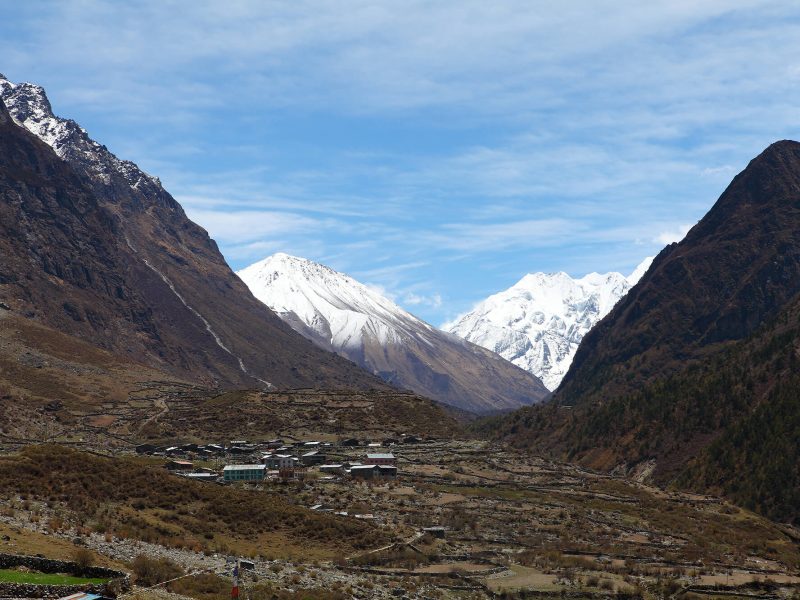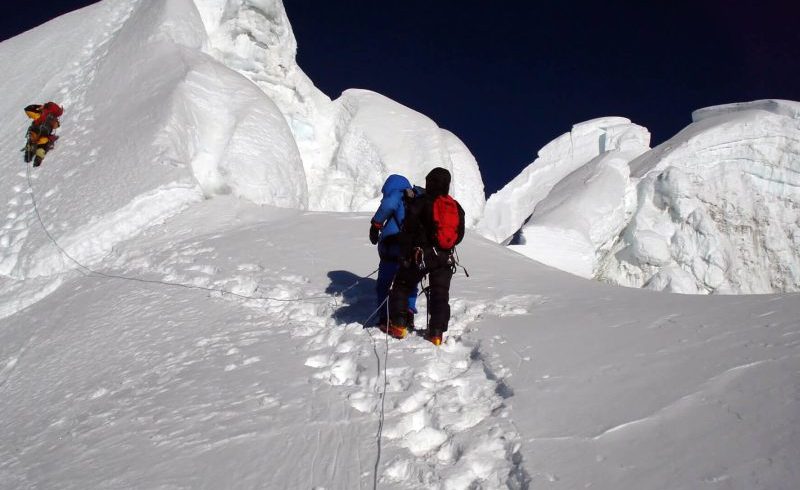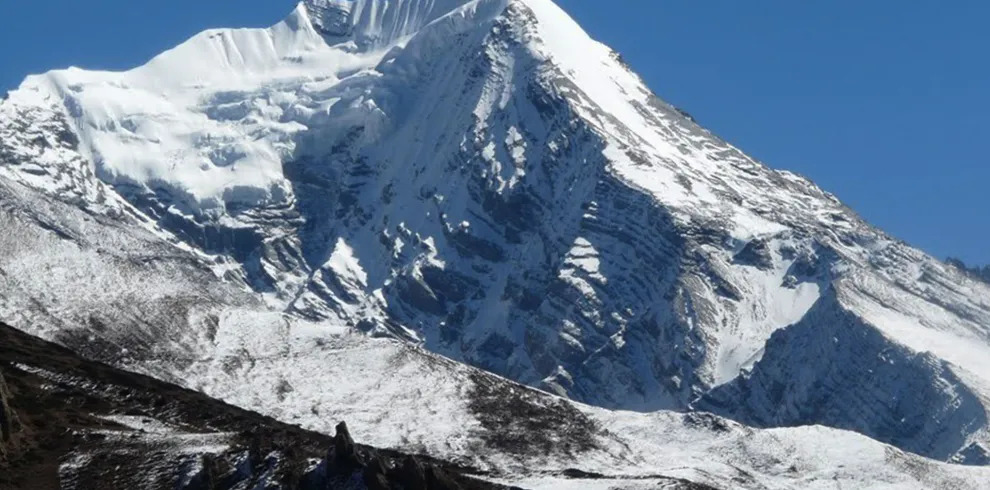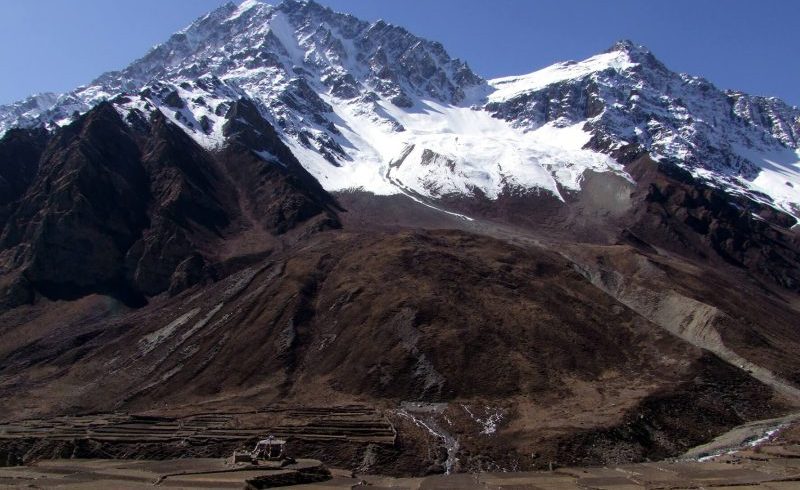Gosainkunda and Helambu Trek: The Langtang valley is nestled into the heart of the Himalayas. The third most popular trekking destination in Nepal and the closest to the capital. Beginning in the lush forest of rhododendron and bamboo, alongside thundering waterfalls, and stunning snow-capped mountains you’ll enter a valley surrounded by specular snowcapped peaks. The Langtang valley, considered one of Nepal’s ideal destinations, offers travelers dramatic panoramas of yak pastures and snow-capped mountains.
Langtang, Gosainkunda, and Helambu Trek are a combination of various destinations around Langtang National Park. The Langtang trail takes you across the undoubted beauty of the Himalayas. The Gosainkunda region leads you across a series of pristine lakes whereas the Helambu trek is the perfect opportunity to learn about the history, traditions, and culture of the mountain people. The trek takes you across nature’s masterpiece and offers you experiences that one can never forget. Be a part of this electrifying trek with the Female Guide Kathmandu.
Entry Permits & Requirements:
The Langtang Valley Trek requires the following permits:
1) Langtang National Park Permit
2) TIMS (Tourist Information Management System) card.
The Nepal Tourism Board’s office in Kathmandu can provide you with both a Langtang National Park Entry Permit and a TIMS Card.
Fees for Permits:
- Foreign visitors must pay NRS 3000 per person, whereas nationals of SAARC nations must pay NRS 1,500 and Nepalese must pay NRS 100.
- If you are trekking with a guide, you will need a TIMS Card worth NRS 1000.
- Individual trekker receives NRS 2000 for free (FIT).
- NRS 300 if trekking with a guide and NRS 600 if trekking alone for SAARC countries nationals.
You won’t have to worry about waiting for permits since the company, as well as our guides, will take care of everything.
You must submit the following documents and data to get these permits:
- Copy of your passport
- 2 Passport-sized photos
- Dates when your trek starts and ends
- Itinerary/Route
- Entry and exit points
- Emergency Contact Information (local and home country)
- Travel Insurance Details
Guide(s) & Staff Arrangements
The Langtang, Gosainkunda and Helambu Trek lead you to the foothills of the Langtang Himal, consisting of peaks that soar to above 7,000 meters. Having a professional local guide accompany you will enhance your experience in a variety of different ways. Trekking with someone who knows the mountain well will help keep you safe and secure.
Meals and Drinking Water:
Popular trekking areas like Annapurna, Everest, Langtang, and Manaslu have a menu system with different ethnic cuisines foods as well as western meals, but some places provide you with typical Nepali meals which are different from international meals, these meals are prepared by the local supplement, every tourist lodge and tea house has a well-trained cook basically attention to clean, hygienic, fresh, and delicious foods, every lodge has safe drinking water or mineral water. If you buy a water purification tablet from Kathmandu you can take water from the tap and purify it by yourself, this will be cheaper and control plastic pollution as well.
Travel Insurance:
Travel insurance is required for all clients engaging in any activity. We strongly urge you to obtain a complete insurance plan from reputable insurance.
Passport and Visa:
Every client must have a valid passport from the return date with a 6-month prior validity by the Nepalese consulate in your country or the immigration office at Tribhuvan International Airport in Kathmandu.
Equipment list:
- Daypack above 40 liters. (Must be waterproof)
- Down jacket (rental available)
- Warm sleeping bag (rental available)
- Sun head, gulf cap, sunglasses
- Headlamp, torchlight, power bank, and extra batteries
- Ear-muffs, sun Lotions/sun cream, wet wipes, and hand sanitizer.
- Pair of liner gloves thin wool and synthetic.
- Cotton t-shirts, Synthetic t-shirts.
- Long-sleeve polyester or synthetic lightweight for sunny days.
- Soft-shell jacket water & wind resist.
- Swimming costume.
- Inner clothes as your requirement.
- Liner socks, woolen socks.
- Proper trekking boots with good ankle support.
- Imodium or Pepto Bismo capsules for upset stomach or diarrhea.
- Diamox for altitude sickness. The guide will help you to take it.
- One small personal-sized first-aid kit with blister treatments such as moleskin, bands, anti-infection ointments, muscle relief ointments




